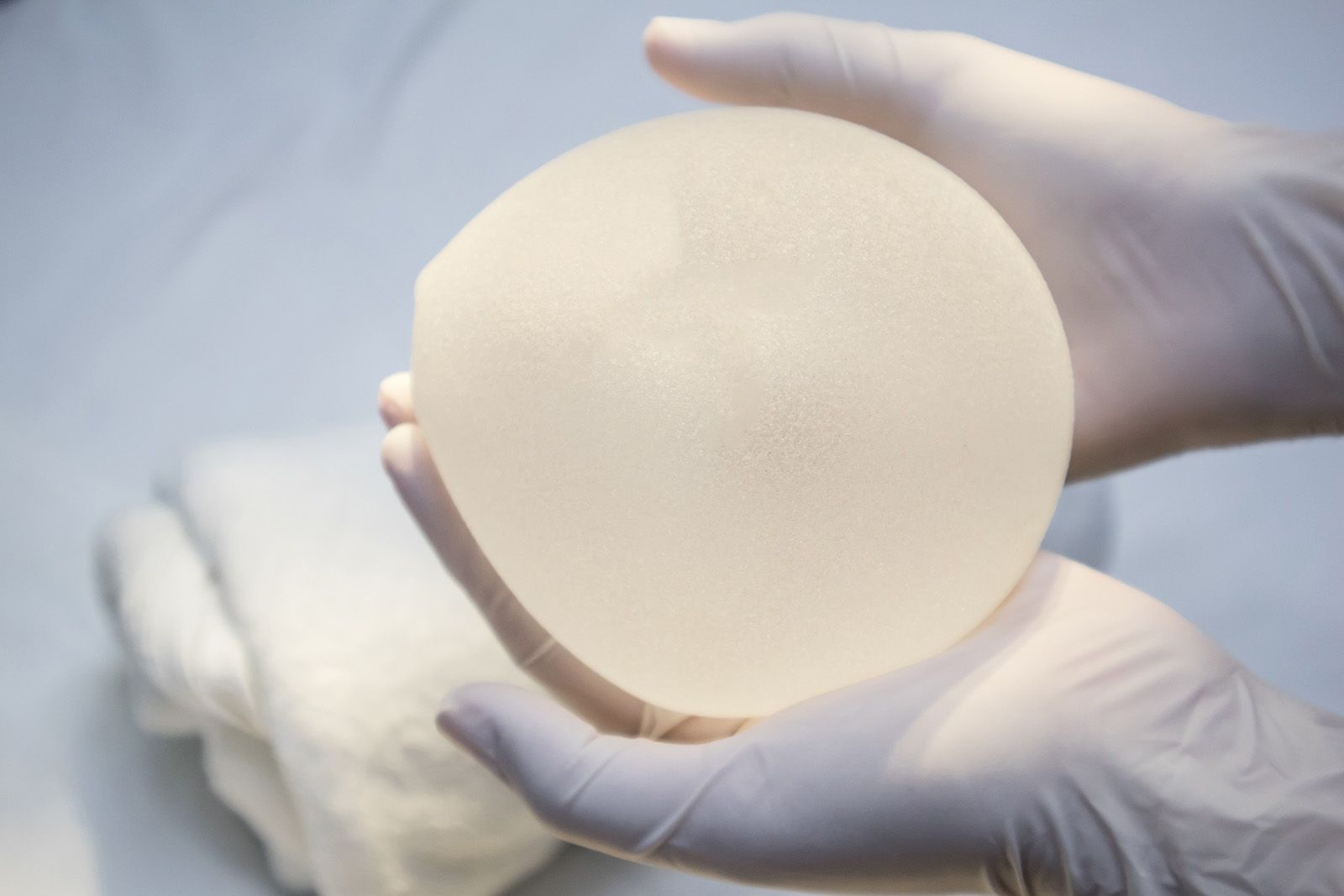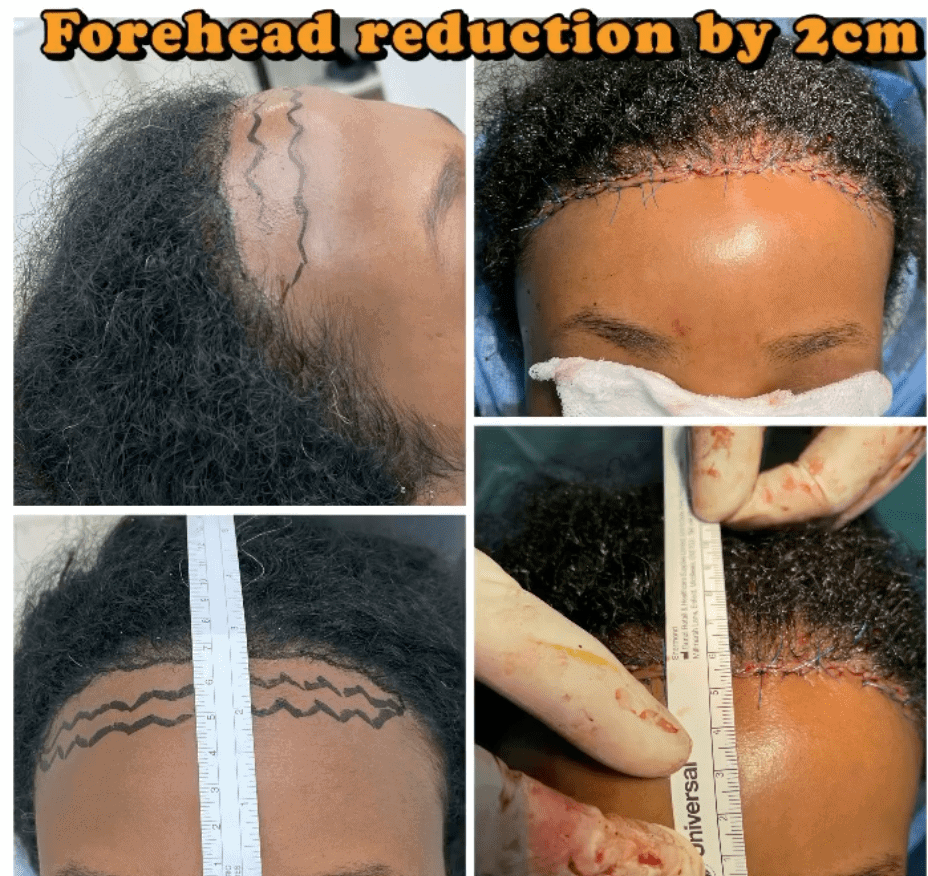
Both men and women can have gender affirming surgery if they wish to change the way they feel about themselves. It involves performing procedures to change the penis and skin of a male or female to a female or vice versa. There are a few procedures that can be performed, such as a hysterectomy (orchiectomy). Others include inversion of skin and penis.
Hysterectomy
The surgical procedure of gender affirming surgery or hysterectomy (or gender changing surgery) is when a male is surgically transformed from a girl to a boy. About 0.4% of the world's population is transgender. This condition can cause symptoms of gender dysphoria such as physical and emotional pain. Although medical management is the most common type of treatment, transgender males have another option: surgery. Some common surgical procedures for transgender men include hysterectomy and bilateral salpingo-oophorectomy. According to the American College of Surgeons National Surgical Quality Improvement databases, only 3.3% of transgender patients had hysterectomy performed for a change of gender.
Hysterectomy for gender confirmation is relatively new and in constant development. It has been done historically for pathological reasons. A coexisting diagnosis of gender dysphoria may have resulted in a hysterectomy. In recent years insurance providers have started to cover this procedure.

Orchiectomy
Orchiectomy, or testicular removal, is one of the first steps in a transgender patient's surgical transition. It removes the testicles from the patient and lowers the level of testosterone, the masculine hormone. This surgery reduces blood clot dangers and simplifies a patient’s hormone regimen.
It is possible to perform the procedure on an outpatient basis. Recovery time ranges between two and eight weeks, depending on the technique used and the surgeon. It costs between $3000 and $10,000 in Australia and may be covered by Medicare or private health insurance.
Inversion of skin, penis
The inversion skin-penis procedure is one of most popular transvaginal surgeries. It is also known as the "gold standard" of genital reconstructive surgery for transgender females. It involves inverting the penis into a vagina in order to recreate the natural look of a woman’s vagina. The entire procedure can take between three and five hours. It may take several days to recover. To protect the new skin position, a special dressing will be placed in the vagina after surgery.
During the procedure, a standardized protocol is applied. The doctor will provide instructions on how to care for the patient afterward. The medical team will also give you a kit for home follow-up dilations. You will also receive follow-up emails and follow-up appointments with your surgeon.

Time to recover
Post-surgery recuperation is a crucial component of gender affirming surgery. It involves the conversion from a male to a woman's penis. Depending on the type of surgery, recovery can take anywhere from 4-8 weeks. Most common is a mastectomy. However, a vaginoplasty (or breast augmentation) can be performed. Both procedures require at least a week of rest, but can take up to five or six weeks.
Gender-affirming surgeries aim to lower testosterone levels in the body. It can also eliminate the need of hormone-suppressive medicines and estrogen therapy. It can also preserve the possibility of having a child naturally. Recovery time for gender affirming surgery male to female differs depending on the procedure performed and the patient's health.